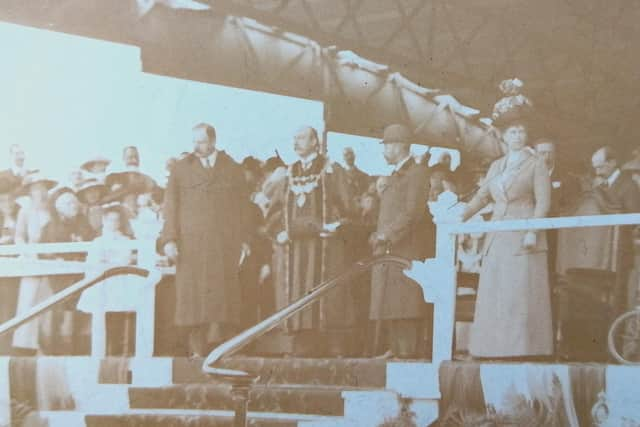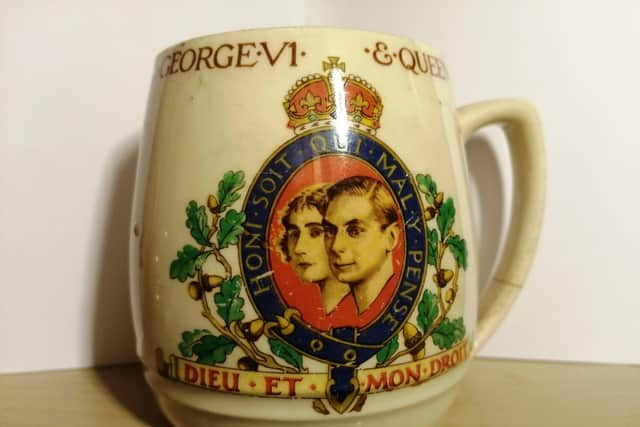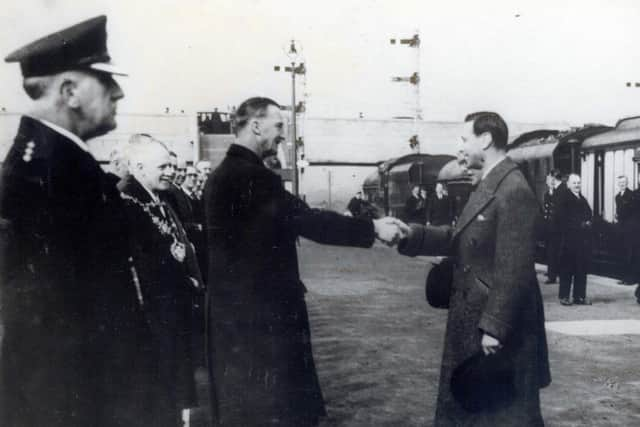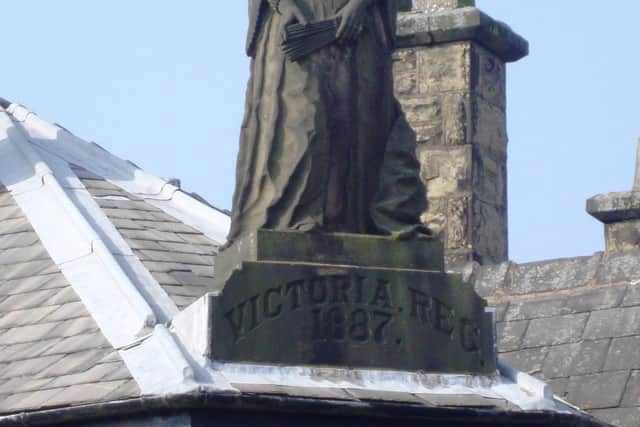Platinum Jubilee: We look back at Chorley's many royal visits and connections
and live on Freeview channel 276
The Royal family has paid many visits to Lancashire down the centuries, and why wouldn't they; after all, the Queen does hold the title, Duke of Lancaster.
The Duchy of Lancaster is a private estate of the British monarch and it provides a source of income for the Royal family that is separate to that received as sovereign.
Advertisement
Hide AdAdvertisement
Hide AdThe Duchy is one of two, the other being the Duchy of Cornwall and this is traditionally held by the Prince of Wales.


The estate of the Duke of Lancaster consists of a portfolio of land and property not only in Lancashire, but also Cheshire, Staffordshire, Derbyshire, Lincolnshire, Yorkshire and even London and Wales.
With or without the Duchy of Lancaster, the royal family would of course visit Lancashire as they do all across the country and Commonwealth, and our borough has been no stranger to entertaining a number of monarchs.
In 1617, King James I was travelling from Scotland to London when he stopped at Hoghton Tower.
Advertisement
Hide AdAdvertisement
Hide AdOf course, such a guest deserved a feast fit for a King, and it is said that the two-day banquet consisted of 129 dishes served over dinner, supper and breakfast.


The famous story is that King James was so impressed with his prime cut of beef that he declared "Arise, Sir Loin" and so today, we have the sirloin cut of beef.
We know that King George V and Queen Mary visited Chorley in July 1913 as part of their eight-day tour of industrial Lancashire.
Chorley's local authority of the time even commissioned a number of commemorative medallions to hand out to schoolchildren and dignitaries as a keepsake of the memorable event.


Advertisement
Hide AdAdvertisement
Hide AdIn 1921, the Prince of Wales (King Edward VIII) passed through Chorley and he travelled down Wigan Lane, where local dignitaries and military veterans paraded near the junction of Rawlinson Lane, Heath Charnock.
In 1939 King George VI arrived by train to officially open Royal Ordnance Factory in Chorley, now the site of Buckshaw Village.
He arrived on March 31 1939 and was taken on a tour of the ROF which had been in low level production since December 1938. His was the first name to appear in the factory visitors’ book.
Since the time of Queen Victoria, the borough has produced royal commemorative keepsakes.


Advertisement
Hide AdAdvertisement
Hide AdA jubilee dinner to celebrate Queen Victoria was held inside the then relatively new Chorley Town Hall in 1887 and a special dish was commissioned.
At the same time, in Adlington, a larger-than-life-size statue of the Queen was produced by stonemason Leonard Fairclough and mounted on his office building off Park Road.
Commemorative mugs and medallions were produced by Adlington, Chorley, Hoghton, Whittle-le-Woods, Clayton-le-Woods and other villages to mark the coronations and jubilees of King Edward VII, George V, and George VI.
Over the years a number of events, street parties and commemorations have taken place across the borough to celebrate Queen Elizabeth II and they vary in style, from commemorative plates, to Jubilee trees and public benches.
Advertisement
Hide AdAdvertisement
Hide AdWhatever your opinion may be of the monarchy, the Jubilee will undoubtedly serve to bring our communities together for a long weekend of celebration.
